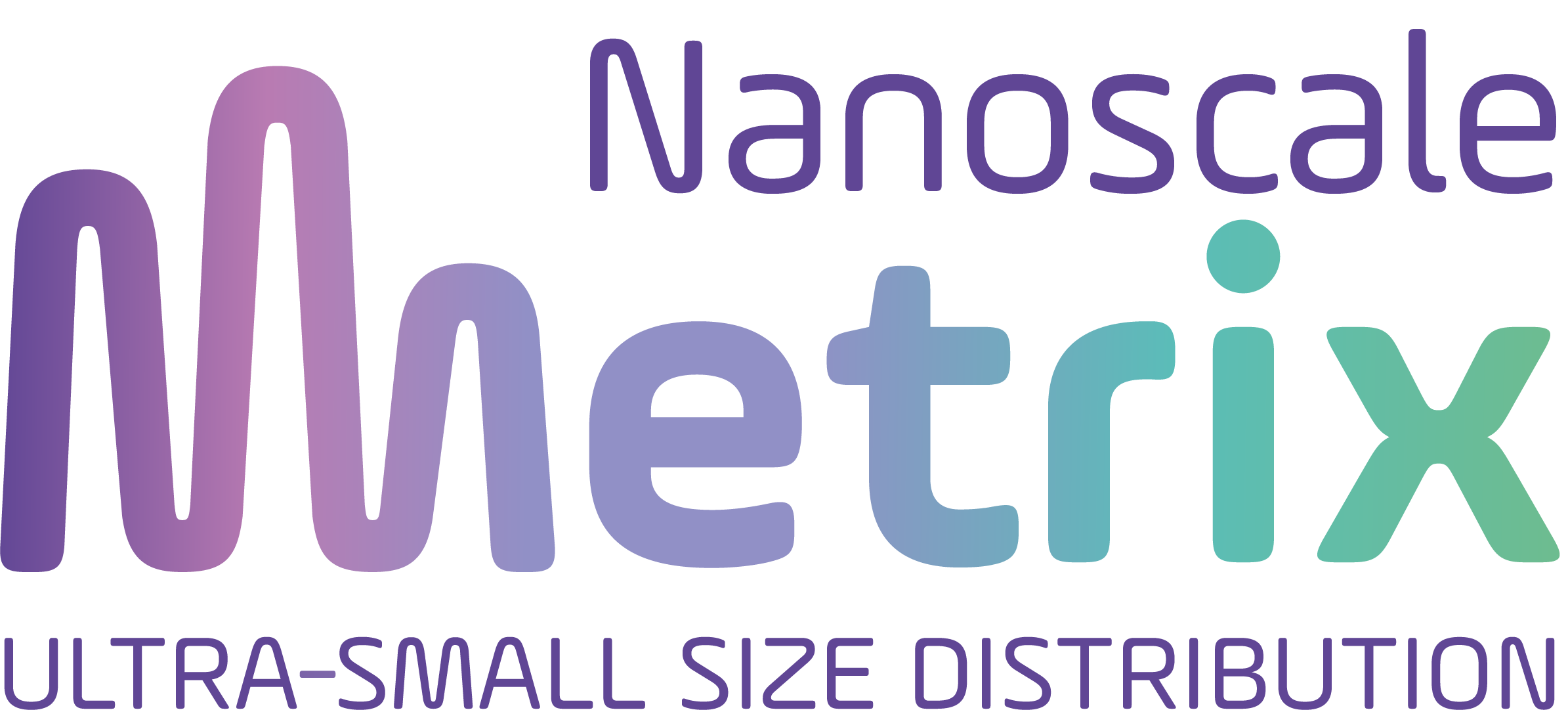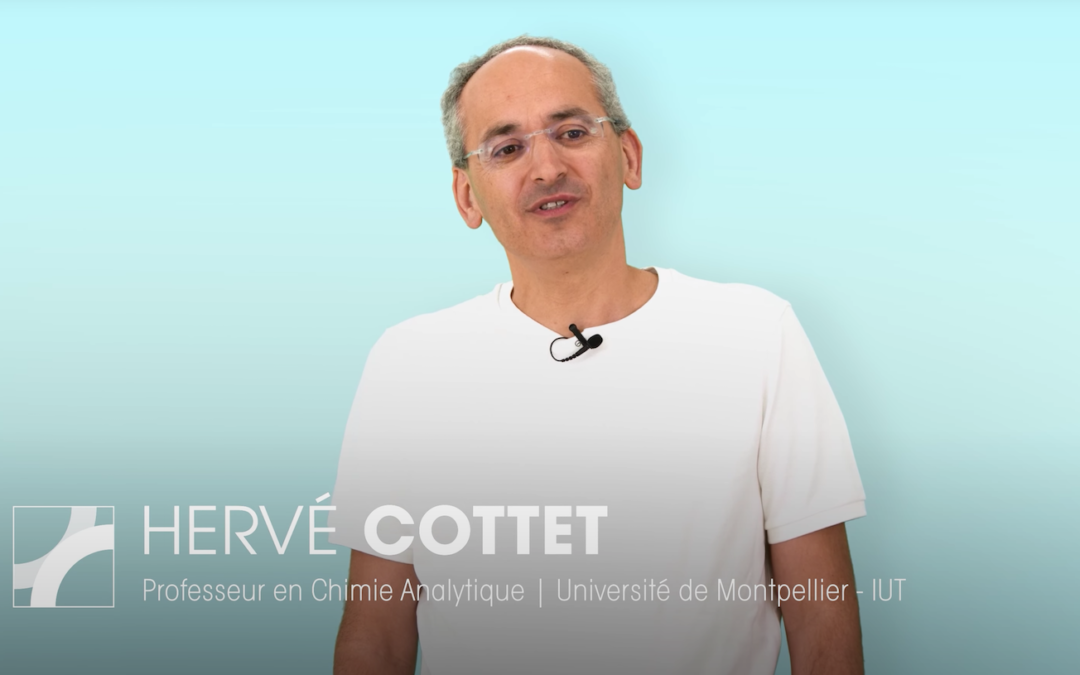DLS and TEM are highly established characterization techniques in laboratories. What could tip the balance in favor of TDA?
TDA has major advantages. First, it is a very simple and straightforward technique in the experimental point of view. It is just a pressure mobilization of the sample plug you want to size, and that’s it! Second, TDA is not sensitive to dusts. Therefore, no filtration is required which is clearly an advantage when you know how filtration can denaturize the sample due to irreversible adsorption on the filter. Third, TDA does not introduced any bias in the size distribution, small and large solutes contribute equally to the signal, generally in their mass proportion for mass-sensitive detection.
Also, there is no lower limit in size determination: you can size molecules down to angstrom without any problem. Last, very low sample volumes are required (nL injected, dozen of µL prepared). Therefore, you can monitor the evolution in time and acquired a large number of analysis with a single sample vial. This is very useful for kinetics or aging studies, for instance.
How has your patent contributed to improving or innovating in the field of nano-object characterization?
Getting the size distribution from the experimental taylorgram is not as straigforward compared to the TDA experiment itself. You need a software with the adapted algorithm for doing the calculations and finding the correct sample size distribution in the case of a polydisperse sample. With Luca Cipelletti, Michel Martin and Jean-Philippe Biron, we did an analogy between DLS and TDA.
After a simple variable change, the data treatment in TDA has strong analogy with DLS. Of course, there are some specificities for TDA; but the mathematical process and the algorithm behind it have strong similarities with DLS. Our patent describe a powerful way to extract the size distribution from the experimental taylorgram. Combined with the aforementioned advantages of the technique, it is quite clear for me that TDA has a bright future.
In which areas of science or industry does characterizing and precisely quantifying species <50 nm offer new perspectives ?
There are many different fields of applications of TDA. At the present moment, we have a strong demand on kinetic studies of aggregation on biomolecules (e.g. peptide, proteins). But, many applications on biopharmaceutical formulations are also clearly identified. This includes the characterization of proteins such as vaccine antigens, polymer/protein complexes, mRNA loaded lipid nanoparticles.
The application to ultra-small nanoparticles, either used for drug delivery or biomedical imaging, is also very promising. Recently, we have also applied TDA to the sizing and the determination of the diffusivity of small MRI agents and their possible interaction with other (macro)biomolecules. We are far from having explored everything and many applications are still to be discovered and described. We are happy to do so following the meet and needs of our industrial or academic partners.
Why shouldn’t one miss your presentation at the upcoming SF Nano conference?
Well, for those who don’t know what TDA is and are working in the field of nanotechnologies, TDA could be a solution for some of their complex size characterization needs. They will understand how doing ‘bad-chromatography’, i.e. doing sample elution without retention, as TDA is, can bring so much information about the size distribution of their sample. Doing TDA is a chance; don’t miss it up !

